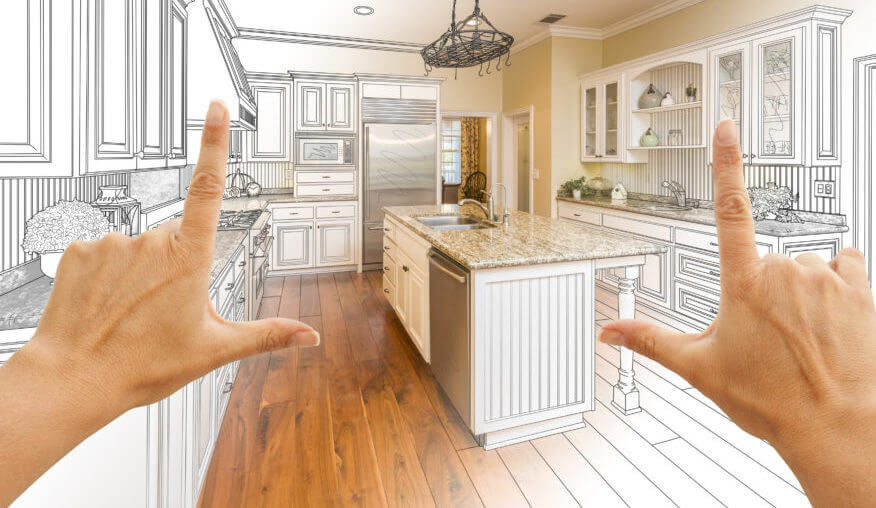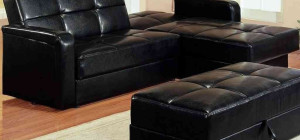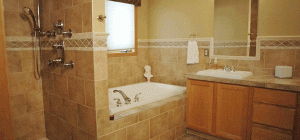 Mold is ubiquitous. In the form of microscopic spores, these fungi drift on the breeze, follow the flow of water, and are carried around in the fur of our pets, or the fabric of our clothes. Most of the time, it is invisible to us, and causes no harm. It is when the spores find an environment hospitable for growth and reproduction that mold can become a costly, and potentially dangerous, problem. In some cases, when an individual is allergic, serious health problems can occur due to over exposure. In extreme cases, mold can cause a person to become so sick that they become hospitalized and can even die.
Mold is ubiquitous. In the form of microscopic spores, these fungi drift on the breeze, follow the flow of water, and are carried around in the fur of our pets, or the fabric of our clothes. Most of the time, it is invisible to us, and causes no harm. It is when the spores find an environment hospitable for growth and reproduction that mold can become a costly, and potentially dangerous, problem. In some cases, when an individual is allergic, serious health problems can occur due to over exposure. In extreme cases, mold can cause a person to become so sick that they become hospitalized and can even die.
Mold remediation is the solution. It is a solution that ideally is left to the professionals and is done thoroughly and properly. The process involves the safe and thorough removal of mold growth and spores, but it also identifies and corrects the environmental characteristics that allow the fungus to flourish. The process begins with the search for the number one mold enabler: moisture. During the remediation process, many different tools are used from a spray bottle to a hazmat suit.
Identify The Source of Moisture
Molds flourish in moist conditions. A poorly ventilated bathroom is a perfect habitat, but spores can take up residence in any cool, damp, undisturbed location. Inside walls, bathroom closets, and garages are all popular areas for mold to take hold and start growing because of so much excess moisture. Leaks of all kinds create moist breeding grounds for mold. Any area that contains high amounts of moisture is a possible breeding ground.
While the moisture level has to be controlled in order to eliminate the mold problem, searching for the water source is often the best way to discover the full extent of the issue. For instance, if there is growth visible on a wall, but the water is dripping down from a crack in the ceiling, following that to the source will likely reveal more mold along the way. Often times where there is only a little visible, there is a lot hidden elsewhere. This is why it is very important that when you first notice any mold at all you make plans to get it taken care of right away
Document The Full Extent Of The Problem
Besides following the water and determining the scope of the problem you were aware of, surrounding locations should be searched for mold growing in less frequented places. Remember, mold spores can travel in the air. They can be sucked into vents and dispersed throughout a structure, spreading in the dark within ducts or crawl spaces.
A thorough search should be conducted, and each instance of mold should be documented. This documentation should include the type of mold, the extent of the contamination, and the moisture source supporting it. The aim here is to inform the ultimate remediation plan. Based on the gathered information, the necessary materials and steps will become apparent.
Perform The Remediation
At this point, a professional should be prepared to tackle the issue. For more information on professional mold removal visit moldremovallasvegas.org. The remediation will involve all the following steps:
- Remove The Moisture. The moisture source is what sustains the contamination. If it remains, a cleanup will only provide a temporary solution. This step can be as simple as opening windows to ensure an area gets proper ventilation, or as complicated as hiring a plumber or contractor to fix a serious leak.
- Seal Off The Area. No matter how it’s done, mold removal stirs up spores and can send them floating throughout a home or business. To reduce the spread, the work area should be sealed. Windows, doors, and vents should be closed and taped over with plastic sheeting.
- Removed Damaged Materials. Mold decomposes organic materials. It will eat into wood and fabric that it has contaminated, and all such things should be removed. Double-bag the material in plastic bags, and seal them tightly. This allows it to be disposed with the regular trash.
- Clean All Surfaces. The remaining surfaces should be cleaned thoroughly, and disinfected to remove all visible mold as well as the spores that are scattered about the area. Scrub moldy surfaces vigorously, and wipe everything down with a damp cloth. Vacuum carpets, curtains, and upholstery, using a cleaner with HEPA filters to avoid expelling the spores back into the air.
- Allow The Area To Dry. With the moisture issue resolved, allow the remaining dampness to completely dry.
- Check For Visible Mold. Look around carefully in every spot. Once everything is clean and dry, any missed mold should stand out. If any is found, return to step 3 and work down accordingly.
With the completion of these steps, the mold will be reduced to its normal, harmless, invisible concentrations. It is natural to have a small amount of spores present in the air but only at normal levels. The only thing left to do at this point is to repair the damage the contamination caused, and strive to maintain an environment that naturally controls the mold in the future.








